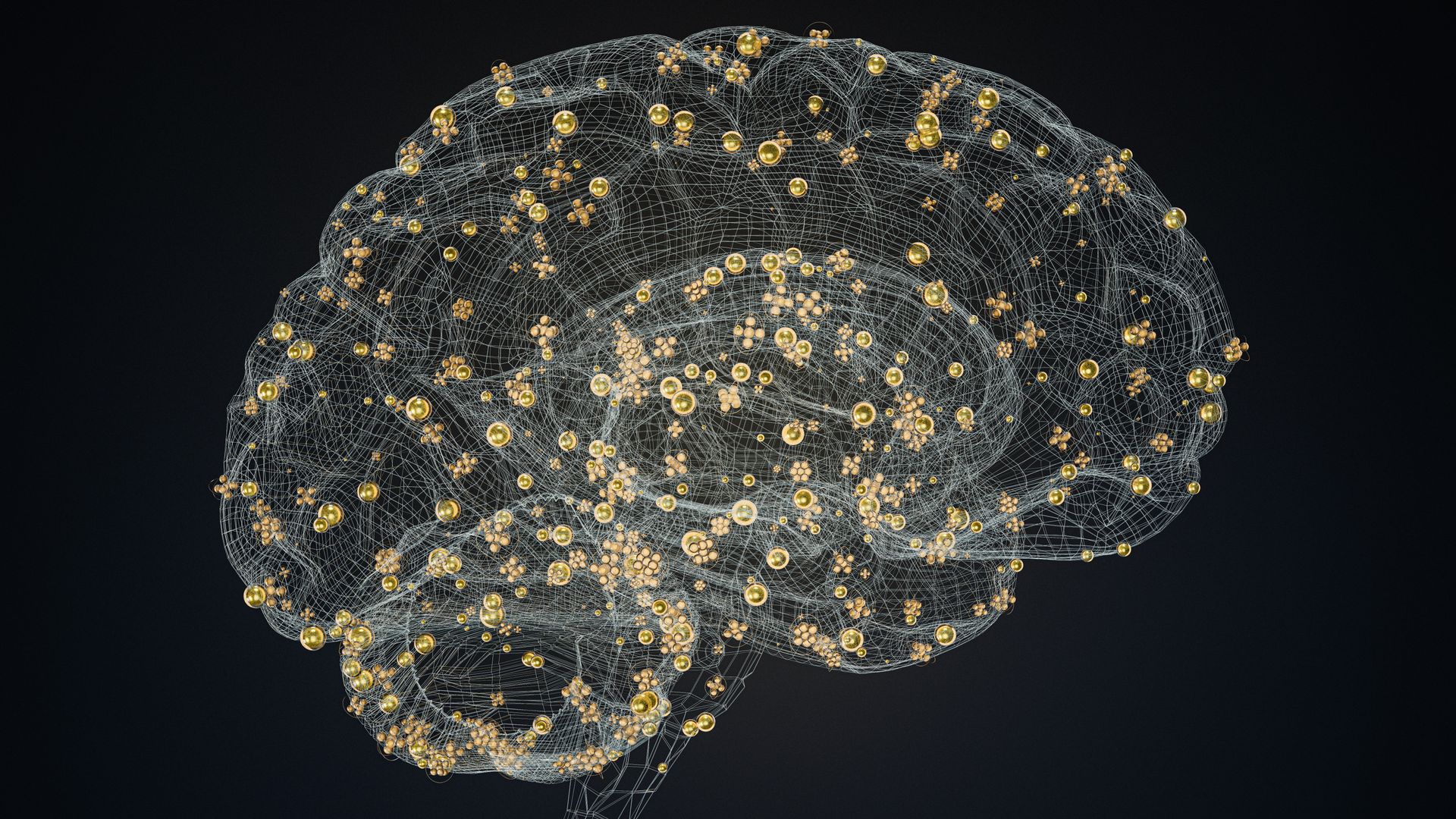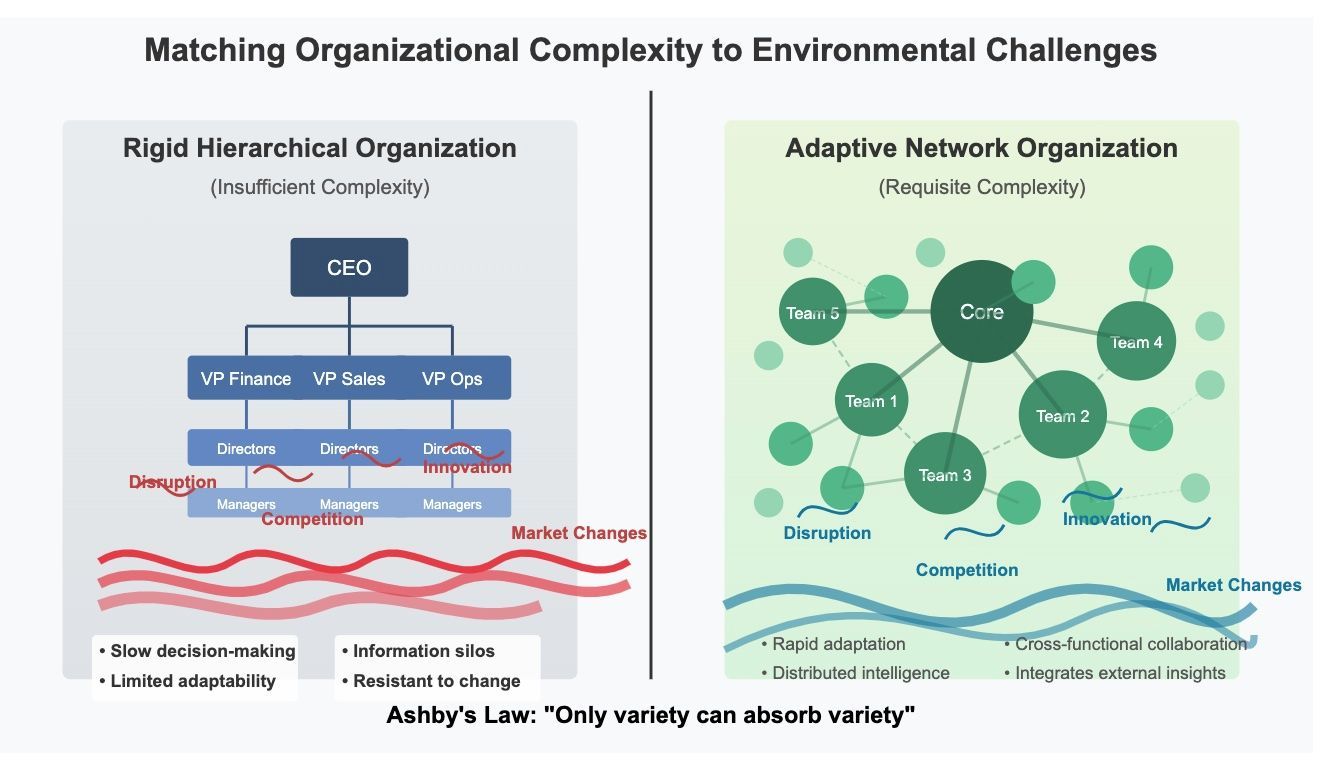2025 Secret to Success Part One

How humans have processed information, organized themselves, made decisions and created perceptions has had a profound impact on our society and our businesses today. A statistically significant amount of new data on the neuroscience of humans is giving us the chance to change our business systems and realize greater gains.
The latest is a plot twist of information is the fact that success in business is better achieved with more right brain. Not surprisingly, those who we consider experts on the topic of Innovation e.g., Clay Christensen, Peter Thiel, our own Darrell Mann and many more, teach/taught methodologies that explicitly engage the right brain functions as well as the left. We are not referring to tools like Design Thinking; we are referring to complex tools used by the most successful innovators on the planet. Those who know the complexity of the tool needs to be equal to the complexity of the environment.
To see evidence of how over-indexing your left brain hinders growth, read the first part of the 1500 page book, The Matter of Things by Iain McGilchrist, (March 2023.) McGilchrist took exhaustive measures to establish the scientific efficacy of his premise. He successfully illuminates the negative impact too much left brain has on our decision making and has had on society at large. His supporting data references is listed in about 27 pages of his book.
The attributes of McGilchrist’s left brain thinking premise include:
· Narrow focus and attention to detail — The left hemisphere excels at focused, analytical attention to specific elements rather than the whole picture.
· Abstract and categorical thinking — It prefers to categorize and label things, reducing complex realities to more manageable abstractions.
· Sequential and linear processing — It handles information in a step-by-step, logical sequence rather than simultaneously.
· Literal interpretation — It tends toward literal rather than metaphorical understanding.
· Language dominance — It specializes in language processing, particularly explicit verbal communication.
· Mechanistic worldview — It views systems as collections of parts rather than integrated wholes.
· Preference for certainty — It seeks clear, definitive answers and dislikes ambiguity.
· Tool-oriented manipulation — It approaches the world as a collection of objects to be used or manipulated.
· Decontextualized thinking — It often strips information from its broader context.
· Reductionist approach — It reduces complex phenomena to simpler components that can be more easily analyzed.
· Time-bound thinking — It tends to fragment time into discrete units rather than experiencing its flow.
· Self-referential perspective — It prioritizes the utility of things to the self rather than their inherent qualities.
Whereas the Right Brain attributes are more consistent with quantum physics, complexity science, and certain branches of philosophy that emphasize interconnection and emergent properties. These attributes have always existed, but were rarely acknowledged or rewarded in our business systems. It wasn’t acknowledged because it wasn’t observed and provable. However, today’s human complexity tool (our brain) requires the characteristics and competencies from both sides of our brains in order to meet the complexity of the outside world.
(Some) of the Right Brain Attributes:
· Pattern recognition — Seeing meaningful configurations in complex data.
· Betweenness — Understanding relationships and connections between things (HUMANS!) rather than isolated entities.
· Acceptance of paradox — The ability to hold seemingly contradictory truths simultaneously.
· Flow experience — Perceiving reality as an ongoing process rather than as static objects.
· Depth perception — Perceiving both literal visual depth and metaphorical depth of understanding.
· Connotative meaning — Grasping implicit, contextual, and multidimensional meanings.
· Appreciation of the ineffable — Recognition that some truths cannot be fully captured in language.
· Presence and being — Experiencing reality directly rather than through conceptual models.
· Recursive awareness — Possessing self-reflective consciousness that includes awareness of its own limitations.
· Ecologically embedded thinking — Understanding systems as interconnected and interdependent.
In looking at the left-brain attributes, some might see a list of competencies seen on job descriptions and associate them with success. The data indicates however that more success is possible if we incorporate critical data found in right brain competencies. They would inform an even better decision.
Right brain looks for the bigger picture. A map is not the territory. What is known and observable is the map, but not the truth.
The pioneers who adopt tools enabling them to reward humans for "both sides of the brain thinking", will find gold in the future of their business.



